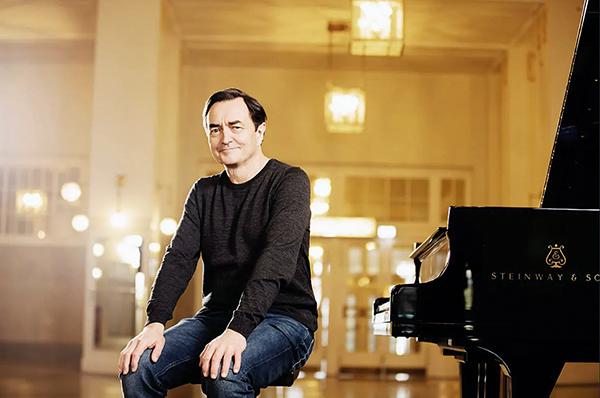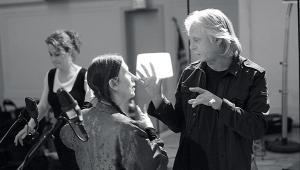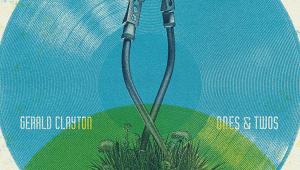Lessons from Kurtág

In the summer of 2024 I was privileged to spend two days in a recording studio with György Kurtág. Production staff at the Dutch label Pentatone were putting the finishing touches on a four-year project (delayed and prolonged by Covid) to record the complete Játékok with the pianist Pierre-Laurent Aimard. The occasion was a highlight of the year for me, simply from a sense of proximity to one of the last living legends of post-war modernism. Indeed, by the time I met him in Budapest, Kurtág was 98, and a frail shadow of the figure who had coached, cajoled and frankly terrorised generations of students at the Liszt Academy. Wheeled in and out of the studio, he expressed himself very satisfied by what he heard: ‘très bon’ became a refrain of the sessions. There was nothing wrong with his hearing, however, as he continued to show by commenting as sharply as ever on Aimard’s playing of this chord or that bar or phrase.
The hard knock life
By happy coincidence, I found myself interviewing the Hungarian pianist Klára Würtz later in the year. She began her studies at the Liszt Academy as a 14-year-old in 1979, taking classes every week with the likes of Zoltán Kocsis, Ferenc Rados... and György Kurtág. She recalled quite dispassionately how her teachers would laugh at her and her fellow students for their shortcomings. Hungarian musical training is notorious for being a school of hard knocks, but one of her memories struck a particular chord with me. ‘Kurtág’s favourite reason to laugh at a student was when they talked about emotions,’ Würtz told me. ‘He would say sarcastically, “What does it mean, that you feel it like this?”. Kurtág was concerned with the content of a score, and how intensively you understood the content. In that sense, he was also a very emotional teacher. He demanded us to look for gestures which would validate those emotions. It’s hard to explain the difference.’ The rest of us must make do with a lower level of musical training than that experienced by Würtz or demanded by Kurtág. We can, all the same, train our ears to operate independently of our feelings. You might ask, why bother? And if your feelings tell you all you want to know – about music or anything else – then perhaps it’s no one else’s business to tell you otherwise. But if you want to grasp something about the music beyond your feelings, then the force of Kurtág’s words should strike home however harshly it comes over.
It’s personal
In classical music, there can be a palpable gulf of understanding between its creators/practitioners and its listeners, especially if those listeners are not able to read music. Often the only way to bridge the gulf from either side is through the expression of feelings, which will only ever be a very partial and personal and unsatisfactory way of talking about the ‘content’ of the music. Some people blame modernists – Kurtág included – for this gulf or deficit of understanding. But I am convinced that Monteverdi, Bach, Beethoven and others would have appreciated where the Hungarian composer was coming from.
Into fifth gear
I recently engaged with a listener who admired Bernstein’s way with the end of Shostakovich’s Fifth Symphony, because they felt that he makes it genuinely triumphal. I replied by pointing out that Bernstein’s tempo for the coda of the finale is twice as fast as Shostakovich intended, being based on a misprint in the Boosey edition of ‘crotchet = 188’ instead of ‘quaver = 188’. I had no intention of issuing a final decree, or invalidating anyone’s feelings, though it probably came over that way. No one likes to have their feelings trampled on. But even those of us without the direct benefit of Kurtág’s wisdom can challenge ourselves to engage with the content of the music beyond the way it makes us feel.



















































